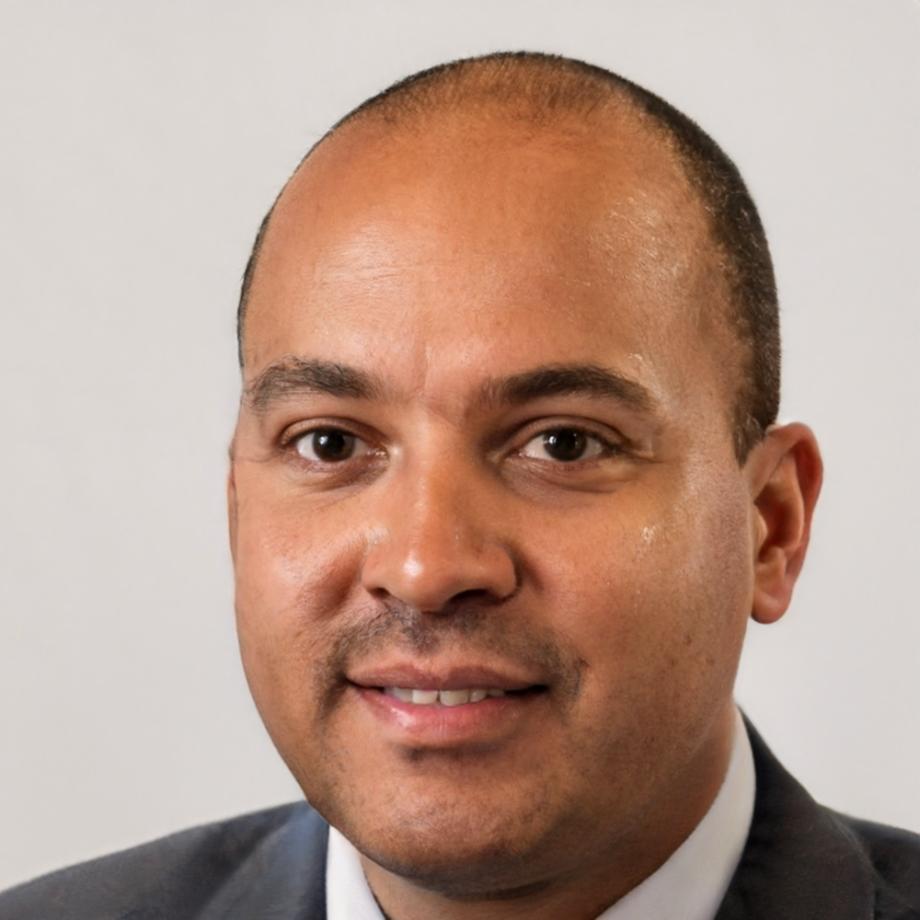Website Development Training: Build Real Projects That Matter
Six-month intensive program starting September 2025 in Zürich
This isn't about certificates or theory lectures. We're building actual websites for actual clients—starting from week three. You'll work in small teams, make mistakes in a safe environment, and leave with a portfolio that shows what you can actually do. No promises about landing your dream job, but you'll have the skills to try.
Ask About the ProgramWhy This Program Exists
Back in 2019, we hired someone fresh from a coding bootcamp. Bright, eager, completely unprepared for actual client work. That gap between education and reality stuck with us. So we built something different.

Real Client Projects from the Start
Week three, you're building a live site. Small local businesses need basic websites—cafes, consultants, trades people. Perfect learning ground. You'll mess up scope estimates. You'll redo layouts three times because the client's nephew "knows design." That's the point.
Last year's group built fourteen sites. Three were genuinely good. Five were okay. Six needed fixes after graduation. All of them taught something important.
Small Groups, Direct Feedback
Maximum twelve students per session. You're not sitting in a lecture hall hoping someone notices your confusion. We run daily stand-ups like a real development team. Code reviews happen face-to-face, not through automated systems that miss the human parts of the work.
Our instructors are still working developers. They'll disappear occasionally to handle their own deadlines—which actually becomes a teaching moment about managing availability and expectations.
Portfolio Over Certificates
You'll finish with four to six completed projects you can show potential employers or clients. Not tutorial clones—actual work with real constraints, real feedback, and your name on it. The certificate exists, but nobody's hiring based on that piece of paper.
Estella from our 2024 cohort got her first freelance gig by showing the bakery site she built. The hiring manager never asked where she studied. They wanted to see if she could actually build things.
What You'll Actually Learn to Do
These aren't aspirational goals. This is what previous students could handle by month six, though everyone moves at different speeds.
Build Responsive Sites Without Templates
HTML, CSS, JavaScript fundamentals—but applied to actual design problems. Mobile-first thinking. Accessibility basics that actually matter.
You won't become a CSS wizard in six months. But you'll understand flexbox and grid well enough to stop randomly trying properties until something works.
Work With Modern Development Tools
Git for version control. VS Code customization. Browser dev tools for debugging. Command line basics without the fear.
Month two is usually when Git finally clicks. Until then, everyone merges conflicts badly at least twice. It's tradition.
Communicate With Non-Technical Clients
Explaining technical decisions without jargon. Managing scope creep. Writing proposals that don't promise the impossible.
This is the part most programs skip entirely. Also the part that determines whether you can actually make money from these skills.
Solve Problems When You're Stuck
Reading documentation effectively. Asking useful questions on forums. Debugging methodically instead of panic-googling.
The goal isn't memorizing solutions. It's building confidence that you can figure things out when we're not there to help.
Who's Teaching This
Four working developers who still remember being confused by the basics. We rotate teaching responsibilities around our client work, which keeps the curriculum grounded in current practices.

Henrik
Lead Instructor
Builds e-commerce sites. Gets unreasonably excited about form validation. Will spend twenty minutes explaining why semantic HTML matters.

Paloma
Frontend Specialist
Specializes in CSS architecture. Former graphic designer. Believes every pixel matters and will die on that hill.

Sibylle
JavaScript Focus
Makes JavaScript actually make sense. Career-changed from teaching, which shows in how she explains complex topics.

Rolf
Technical Advisor
Handles the backend integration lessons. Obsessed with performance. Will show you how to read network waterfalls.
Program Structure and Timeline
Twenty-four weeks, three evenings per week plus Saturdays. It's a lot. Most people keep their day jobs and show up exhausted. Coffee is free. Complaining is encouraged.
What Each Phase Covers
Weeks 1-6: Foundations and First Mistakes
HTML structure, CSS fundamentals, basic JavaScript. Your first personal portfolio site that you'll completely rebuild in month four because you've learned so much. Git basics. Setting up development environments. Making peace with the command line.
Weeks 7-12: Real Projects Begin
Responsive design patterns. CSS Grid and Flexbox deep dive. Your first client project in pairs. JavaScript DOM manipulation. Forms and validation. Introduction to APIs. This is where theory meets reality and everyone realizes how much they don't know yet.
Weeks 13-18: Adding Complexity
Modern JavaScript features. Working with external APIs. Introduction to React basics. Performance optimization. Second client project solo. Dealing with browser compatibility. Learning to say no to feature requests that would destroy your timeline.
Weeks 19-24: Portfolio Development
Your capstone project—something substantial you choose. Final client project with minimal instructor involvement. Portfolio site refinement. Job search strategies. Freelancing basics. Honest conversations about the market and realistic expectations.

